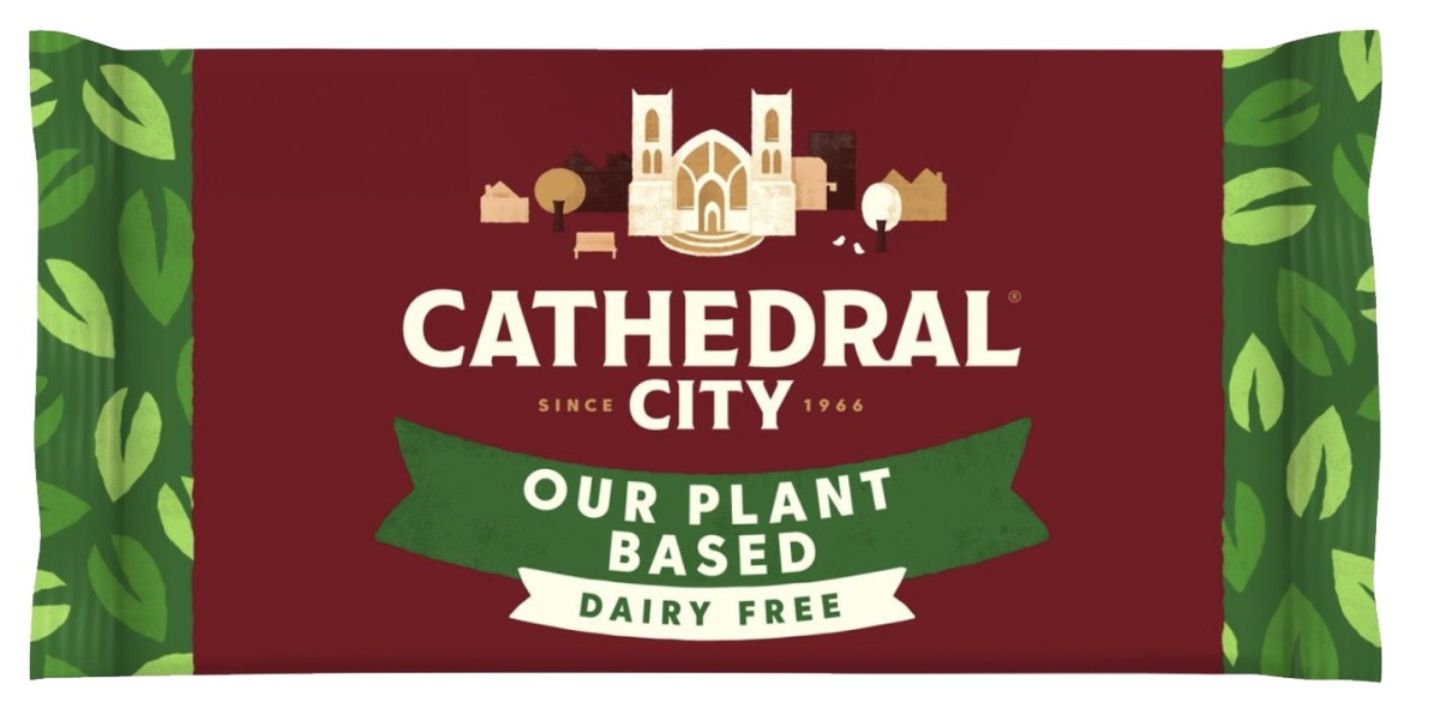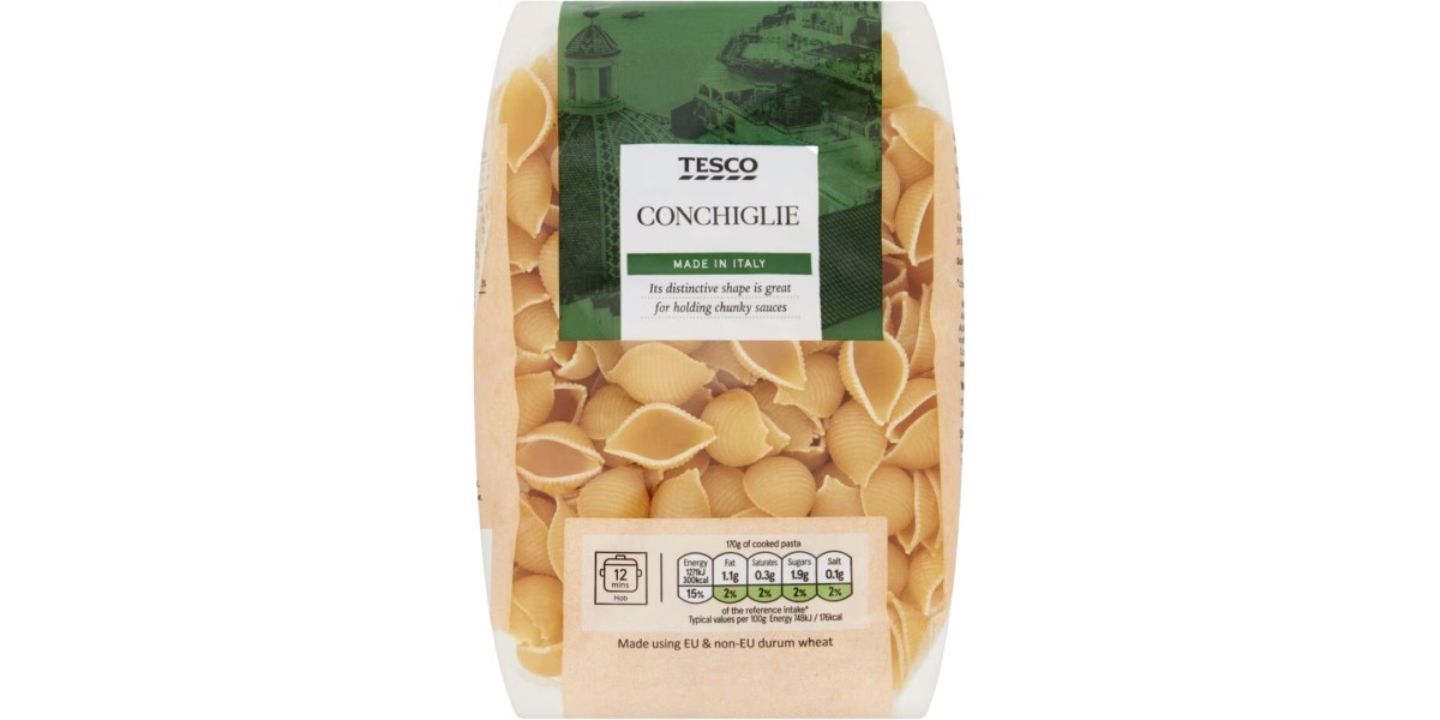
Whether you seek it out or stumble across it, no supermarket is without one; the free-from foods aisle has become a staple for shoppers who have gluten-free bread or lactose-free milk on their list. Once the destination of an unlucky few, the free-from market is booming; the annual UK market for free-from is now worth £3.4 billion.
A catch-all term, ‘free-from’ used to denote food and drink that has been designed to exclude one or more ingredients to which at least some consumers can have either an allergy or an intolerance. For many, free-from foods have an association with making healthier choices. But is the health halo fully deserved, and worth the extra expenditure?
Who needs free-from?
For those with a food allergy or coeliac disease, the importance of having a 100 per cent free-from diet cannot be emphasised enough says Rebecca McManamon, a consultant dietitian.
. “Just one exposure to gluten in coeliac disease can cause damage to the small intestine for up to six months and increase risk of anaemia, osteoporosis and lymphoma.”
Twenty years ago, the NHS provided gluten-free prescriptions but these have, in many areas, been cut to very limited provision or none, explains McManamon.
Despite the campaigns by Coeliac UK, she says this is putting children and adults with the condition at risk, “especially with the high costs of the products in shops”.
, butter, desserts, cheese); nut-free (cakes, biscuits, chocolates, sweets, sauces); and egg-free (cakes, mayonnaise).
“It does feel that the range is actually growing because people who don’t have intolerances are using these foods almost like a diet or perhaps because of ideas around eating gluten being bad for us,” says the dietitian Priya Tew. “People shouldn’t be relying on these foods unless they actually need them.”
The health halo effect
There are 2.3 million people in the UK who have either a food allergy, food intolerance, or coeliac disease, an autoimmune condition. The collective term for all three is food hypersensitivity.
herself and therefore does not eat wheat.
However, it’s estimated that 8.5 million people in the UK have now “gone gluten-free”.
There’s a distinction between those who need free-from foods due to a diagnosed food allergy or autoimmune disease such as coeliac disease, and those who buy these products as they think they might help vague symptoms like bloating – and who should not do so without seeking advice from their doctor or a registered dietitian.
that is the issue.
“We frequently hear from people who have difficulty eating industrial dough products but can eat genuine sourdough bread,” says Chris Young of the Real Bread Campaign. “Those people are unlikely to get the same benefit from ‘sourfaux’, a product that’s sourdough in name alone and made using baker’s yeast and/or additives.”
The rise of unhealthy free-from foods
found that consumption of gluten-free products can increase our heavy metal intake because of the greater consumption of rice flour which absorbs metals from the water before being harvested.
“Just because a food doesn’t contain lactose or gluten, doesn’t make it a healthy option,” notes Tew. It’s important to be aware that, because [manufacturers have] had to take things out like gluten or lactose, they’ve had to replace them and quite often that can mean these foods are more highly processed.”
Emulsifiers, preservatives, gums and thickeners may be added to improve consistency and these can have negative implications for your health. So unless you need free-from foods you’re actually better off going for the normal version, whatever it may say on social media.
“I think there’s always clever marketing going on when it comes to food. Free from sells and it’s more expensive for people to buy it,” says Tew. “That’s where it’s actually going to save you money to work with a nutrition professional and find out what you need to actually be buying.”
How to test for allergies and intolerances
There has been an increase in the number of people suffering from food allergies over the past 20 years, now affecting about 7 per cent of children in the UK. It’s thought that allergies and increased sensitivity to foods are environmental and related to western lifestyles.
If you have a food allergy your immune system mistakes harmless food proteins as dangerous. Allergic reactions can range from rashes or itchiness to anaphylaxis, which can be fatal if not treated.
Food sensitivities and intolerances, meanwhile, are much more common, but they’re not life-threatening. They are digestive problems caused by an inability to break down substances in certain foods, like lactose intolerance after eating dairy products.
In her clinic, Tew has seen clients who have out gluten and lactose unnecessarily. Many lactose intolerances are self-diagnosed and scientists suspect cases are often confused with cow’s milk allergy. A way to tell is if you have symptoms when you eat hard cheese, which is low in lactose, then it is more likely you are allergic to cow’s milk.
The gold standard for testing for coeliac disease or an allergy is a blood test. “If you think you might have another type of food intolerance, quite often those won’t be picked up by a blood test. It’s going to be a case of cutting food out of your diet for a couple of weeks, monitoring the effects and then reintroducing that food and seeing if your symptoms change,” explains Tew. Avoid food intolerance tests bought online, which, says Tew, don’t test the correct antibodies. Working with a registered nutritionist or dietitian is better.
Breaking free from free-from
Along with the misconception that free-from foods are better for you, there is also the one that if you suffer from food hypersensitivity then the free-from section is the only place you can shop in a supermarket.
The result can often mean sky-high food bills. A report by the Food Standards Agency in 2022 calculated that adults with a food allergy, intolerance or coeliac disease already spend up to 27 per cent more on food than those without food hypersensitivities. Fortunately, thinking outside of the aisle can reap some savings, and buying up gluten-free grains like quinoa, buckwheat and cornmeal as well as options like wild or basmati rice, or lentil-based pastas.
It is worth remembering that there are some “accidental” gluten-free and milk-free foods. “It is always worth checking labels of foods not in the ‘free-from’ section,” says McManoman. Tew agrees. “Quite often they’ll increase the prices of things in the free-from section but in a different aisle you’ll find quinoa, which is wheat and gluten free, available at a lesser price.”
“Ask yourself, ‘What can I make at home?’,” advises Tew, who buys rice flour cheaply from her local Indian shop rather than buying it from the supermarket. “Use a mix of different flours, such as buckwheat and tapioca.”
If you are avoiding milk and cheese then knowing which plant milks are well-fortified is helpful. And lactose-free cheese, according to Tew, isn’t the best option, as it’s often based on coconut oil, which is high in saturated fats and doesn’t taste great. “A normal cheddar, if you’re having sensible amounts, is low-lactose anyway. In fact, feta, mozzarella, brie, camembert, edam and goat’s cheese are all low in terms of their lactose content, “says Tew.
Free-from versus non-free-from
The bread
Tesco Free From Sliced Seeded Bread 550g
Tesco Finest Wholemeal Seeds And Grains Bread 400g

Tew says: “There are a lot of ingredients in both of these breads, many of which are to preserve the bread so it lasts on the shelf or to make it soft and hold together. Both would be counted as ultra-processed, but the research we have on UPFs actually shows that whole grain bread does not increase the risk of chronic diseases, like some UPFs can. So this is a case of choosing which UPF to decrease in your diet. Looking at the nutrition, the gluten-free bread provides over 4g of fibre per slice, which is great news. The Tesco Finest bread is much lower in fibre. Bread is a staple and if you are gluten-free, this is a good choice.”
The cheese
Cathedral City Dairy Free Block 280g

Sainsbury’s Taste the Difference Barber’s Mature Cruncher Cheese 350g
“The dairy-free version contains coconut oil which increases the saturated fat content of this cheese. There are also a lot more food ingredients on the list added in, overall showing that not all free-from options are going to be better options nutritionally,” says Tew.
The pasta
Tesco Free From Conchiglie 500g
Tesco Conchiglie 500g

to me. The gluten free one has an emulsifier which is needed to help the flour stick together to make the pasta. This is not a problem. The gluten-free variety is lower in fibre and protein which shows that if you do not need a gluten free pasta then the non-gluten-free version is higher in those beneficial nutrients,” says Tew.
Recommended
How to identify ultra-processed foods – and the surprising ones hiding in your cupboard
Read more
Play The Telegraph’s brilliant range of Puzzles - and feel brighter every day. Train your brain and boost your mood with PlusWord, the Mini Crossword, the fearsome Killer Sudoku and even the classic Cryptic Crossword.


Post a Comment
0Comments